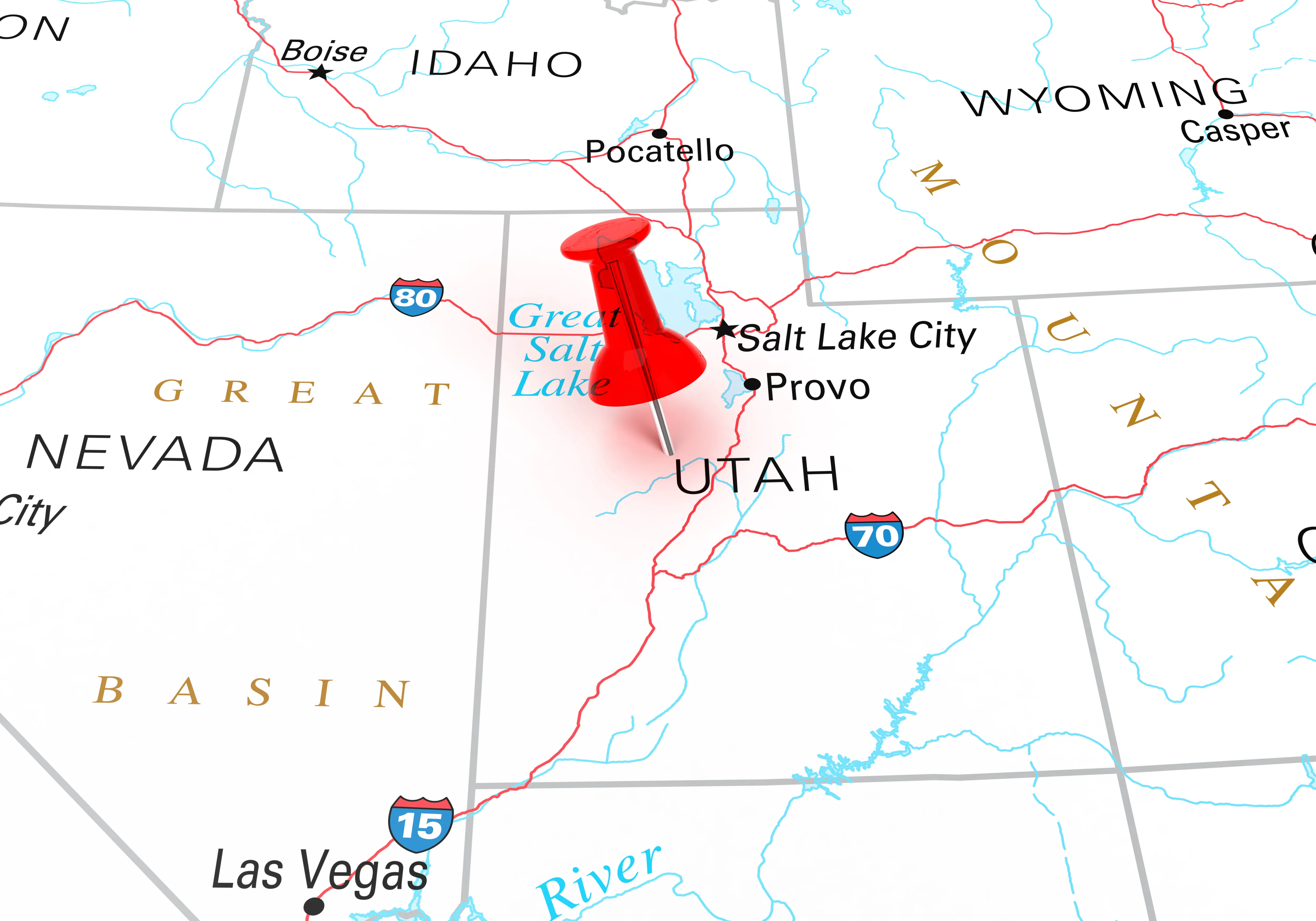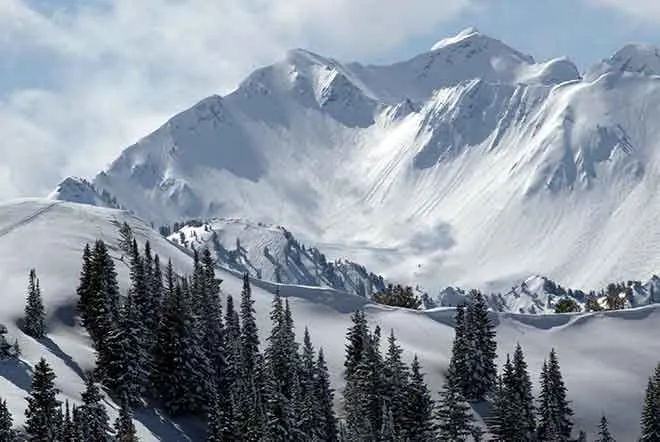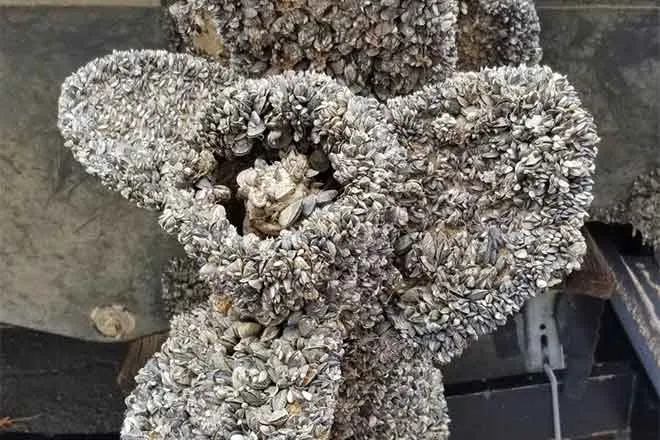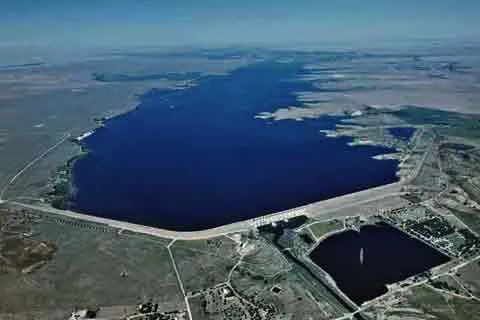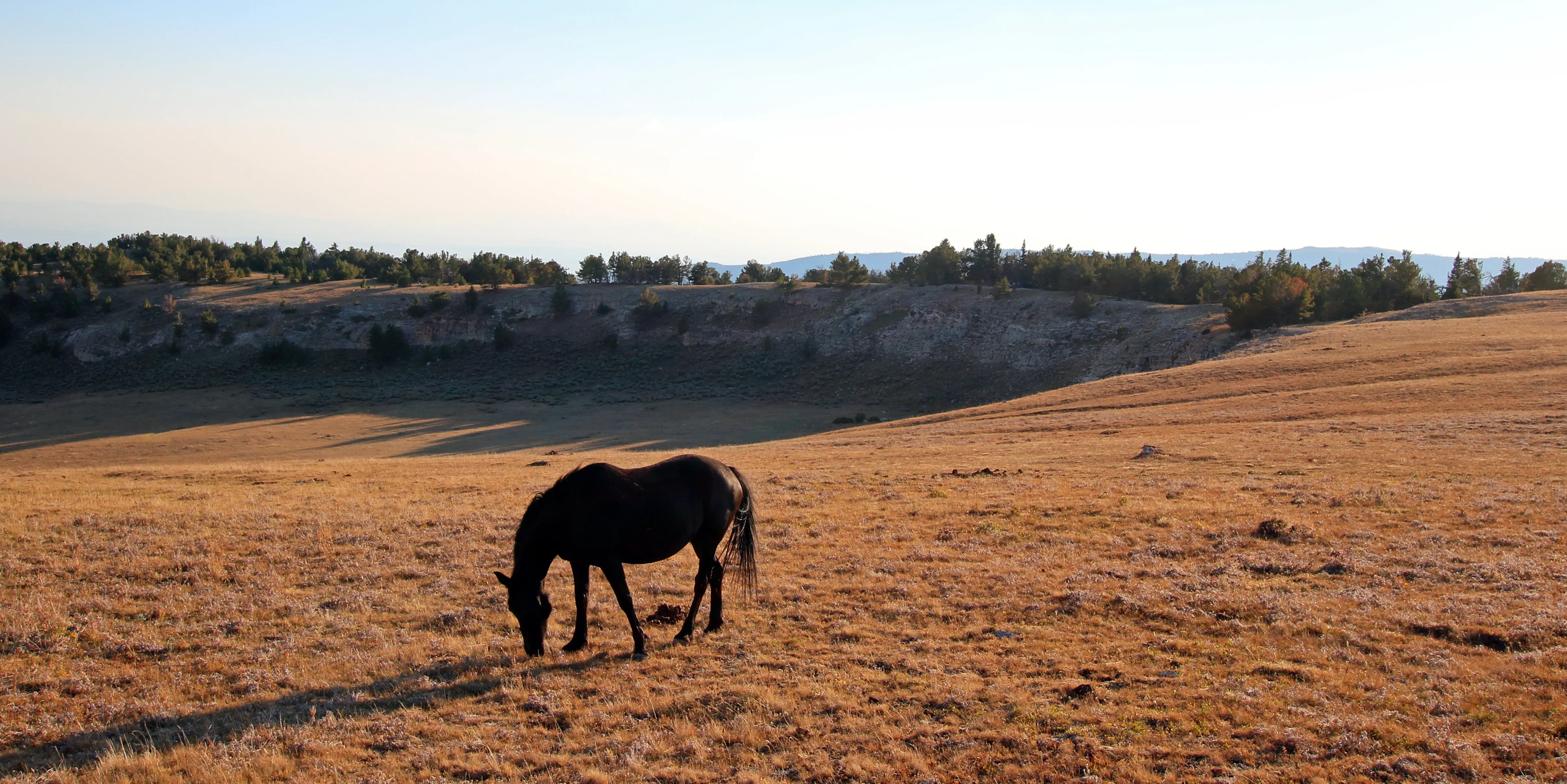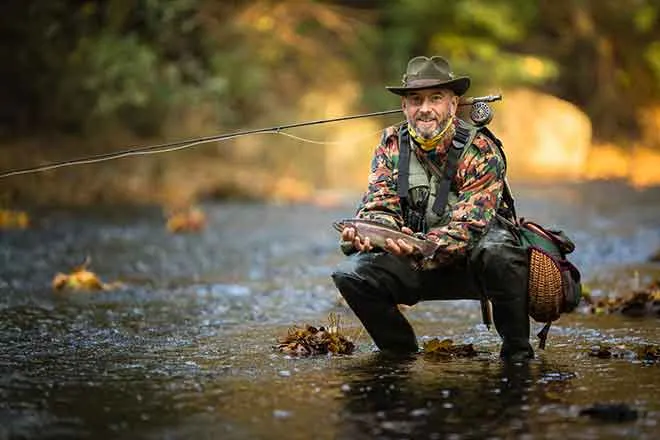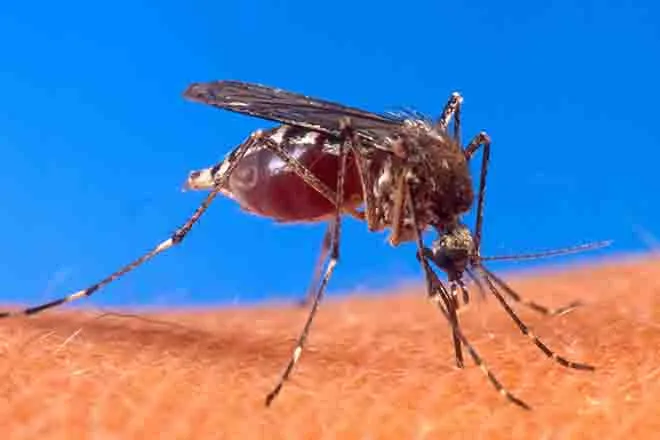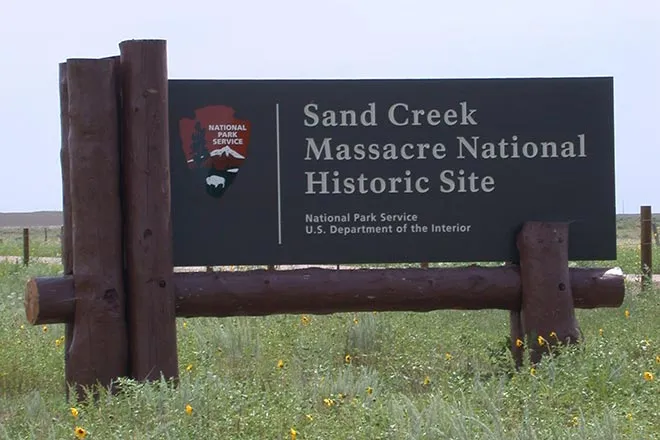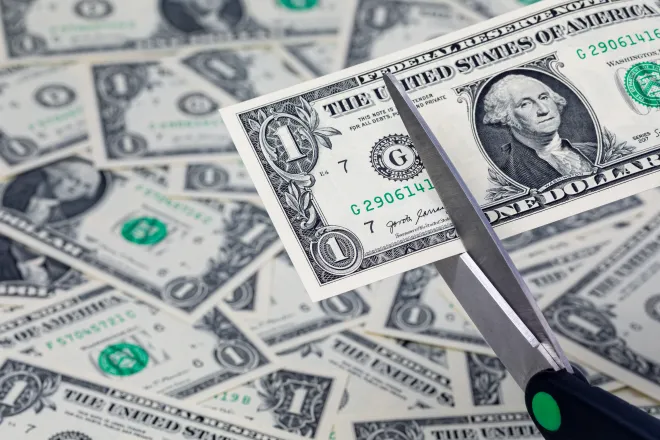
Hispanic Heritage Month celebrates, preserves Colorado's great outdoors
Click play to listen to this article.
(Colorado News Connection) Communities in Colorado and across the U.S. are making time to connect with nature during Hispanic Heritage Month.
Hilda Berganza, climate manager with the Hispanic Access Foundation, said last week's Latino Conservation Week saw thousands of people gathering at over 300 events. That's up from just nine events held during the initiative's launch in 2014.
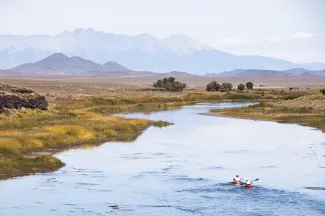
© joshschutz - iStock-133883324
"It was born from a commitment to Latinos being exposed to the outdoors. To experience being and playing in public lands, to empower families and future generations to be stewards of the planet, of the land," Berganza said.
Families of color are three times more likely than white families to live in areas considered concrete jungles without access to parks and natural areas. Due to policies some people deem racist, including redlining neighborhoods, communities of color also disproportionately live near high levels of toxic air and water pollution.
In 2022, just over 10 percent of Latinos were able to participate in outdoor recreation activities. Berganza said a broad coalition of community groups, nonprofits and faith-based organizations are working to change that. They are inviting families to picnics and park clean-ups, to go kayaking and hiking, to join scavenger hunts and festivals, and attend film screenings and webinars on the importance of maintaining healthy ecosystems.
"We also have events at churches where community members are learning why it's important to take care of our earth from a religious and spiritual point of view," Berganza added.
Berganza said work is also being done to push towns and cities to create parks and other green spaces in historically under-invested neighborhoods.
"National parks, or state parks, or even regular parks. They are not usually around or built within the communities that Latinos live in," Berganza said.

